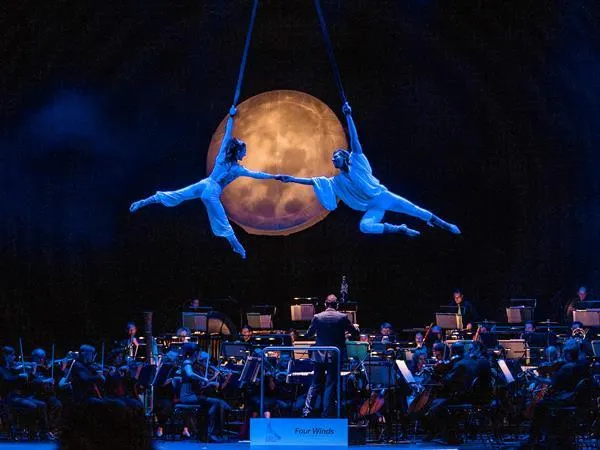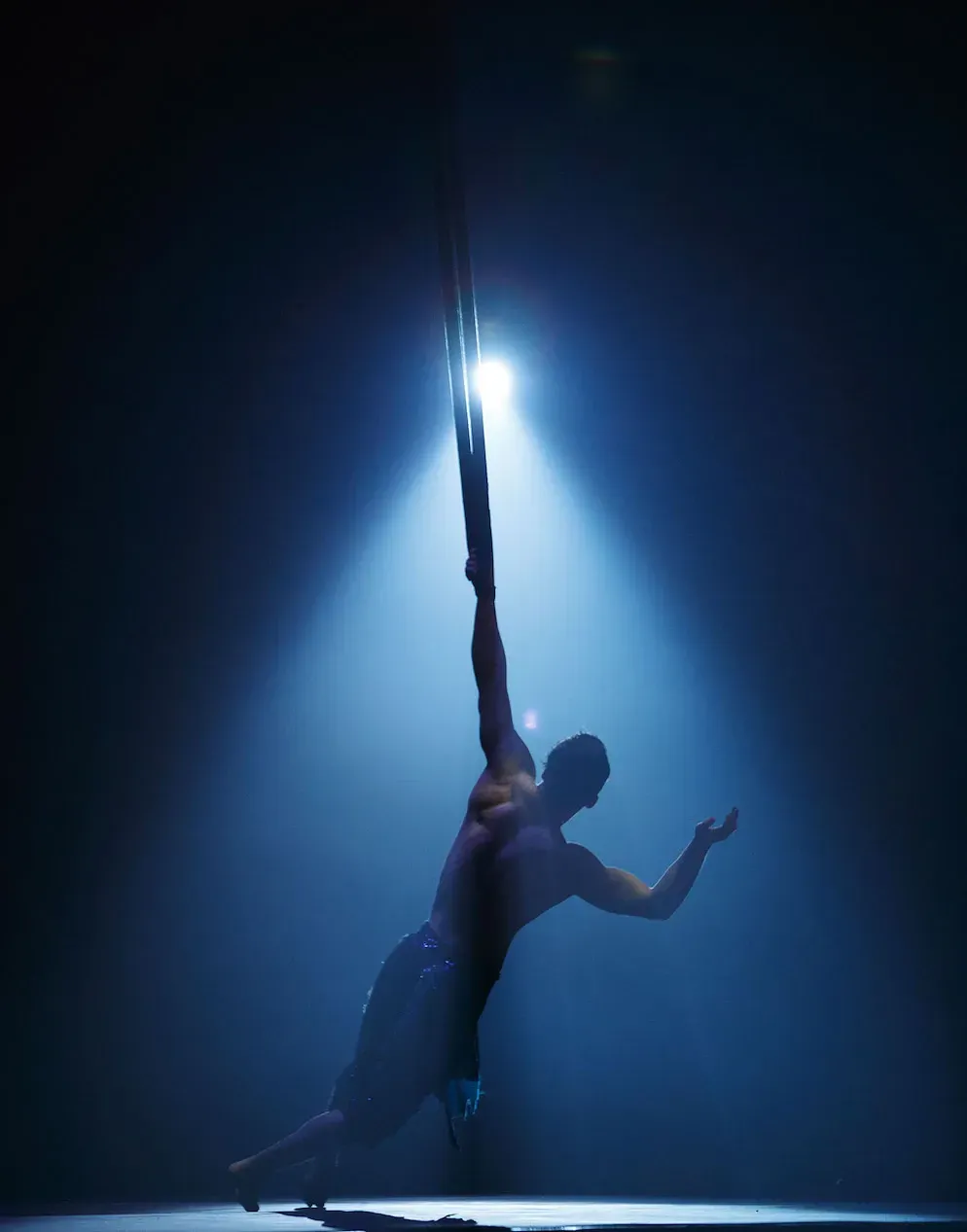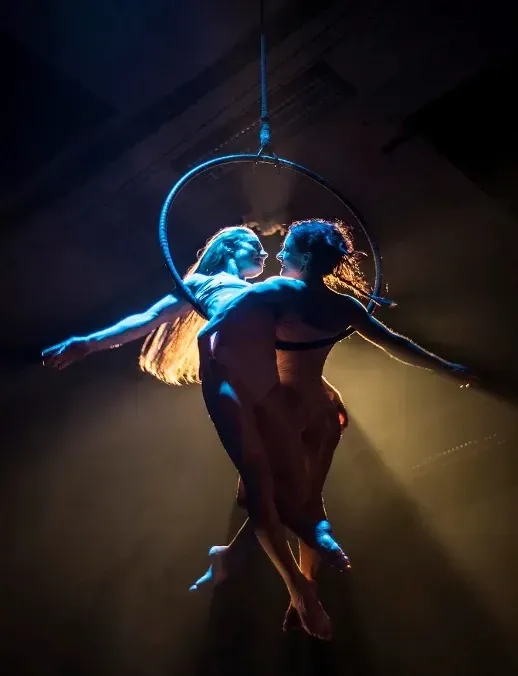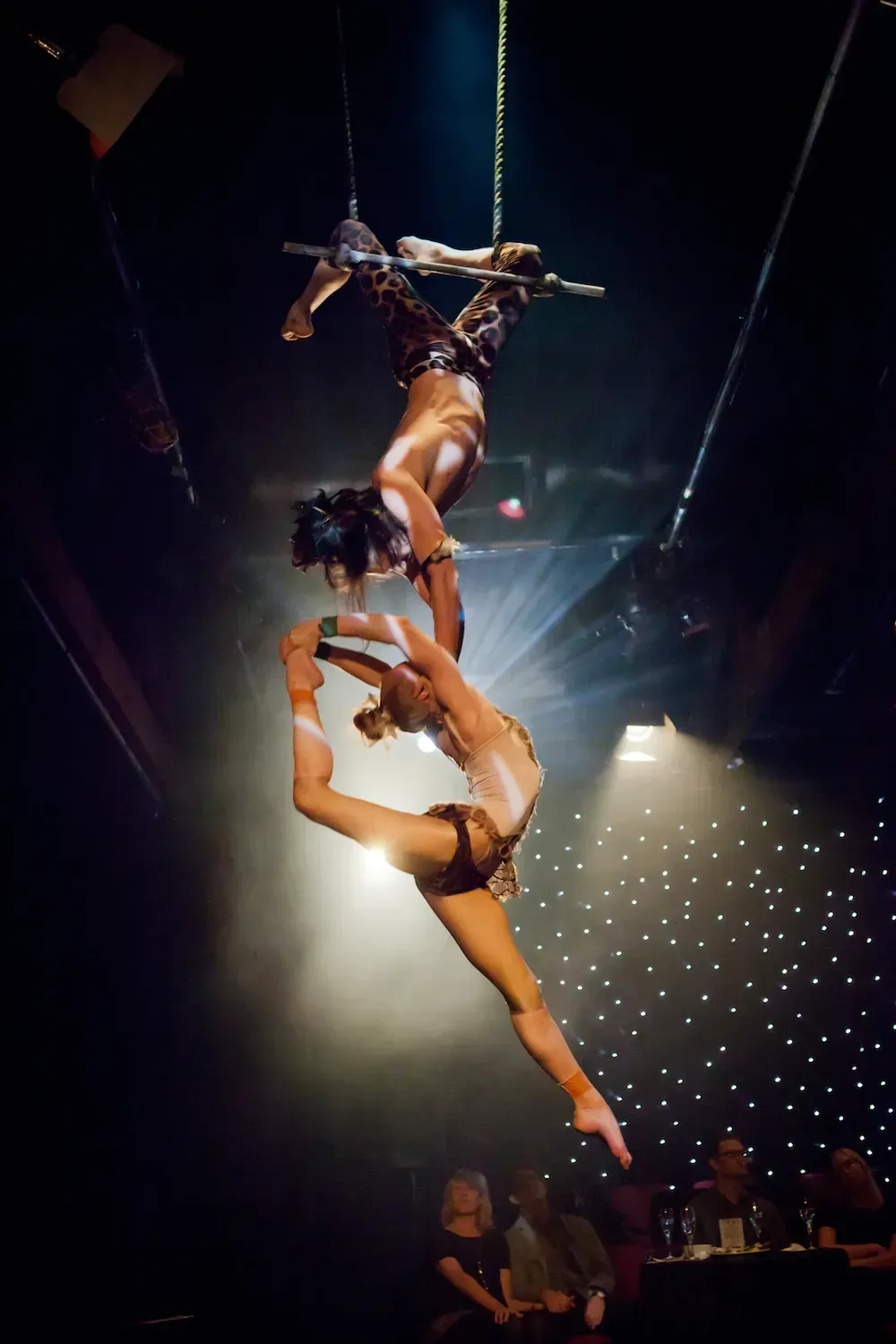Arts Smarts: Art as a Business

There are a few different ways to make a living as an artist:
-
You can work for someone as an employee
-
You can open a full-on business, with employees, overheads and the whole deal.
Today, I want to talk about that third option. I caught up with Eve Gordon. Eve and her partner Mikey Edward are co-owners of The Dust Palace, a circus theatre company that turns 10 this year. Eve shared some thoughts she’s developed over the last ten years on building, maintaining and growing a business in the arts sector. Here’s what I learned from the conversation:
Diversify, diversify diversify
If you’re building an arts business, you really need to have money coming in through a variety of different doors. This is especially true in events-based businesses like Dust Palace; if you’re only doing events, you’re only going to have money coming in a few times a year - but the rent and salaries need to be paid every single month!
Dust Palace manages this by having three different components: a theatre company, which puts on shows, a school to train up-and-coming performers, and a corporate side, where they provide talent and all manner of performance options for things like award shows.
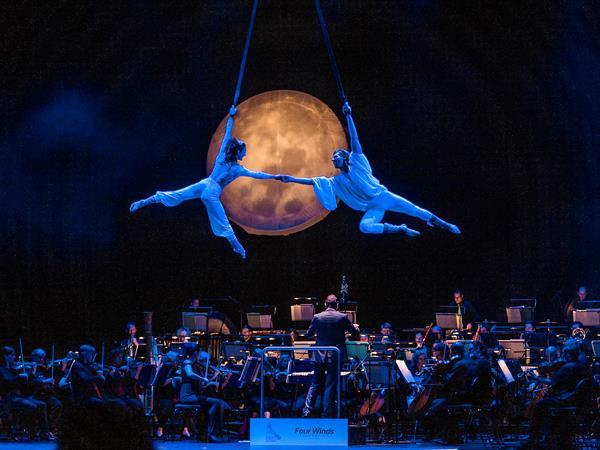
This means there’s always money coming in to pay the bills - tuition from the students, invoice payments from corporate clients and ticket sales from the theatre events. This really smooths things out, which makes life a bit easier.
This has an additional benefit: it creates an ecosystem! The school creates new performers, the shows give them something to work towards, and the corporate gigs keep the best performers busy in between big shows. If they didn’t have this combination of services, the most experienced performers would leave the country due to not having enough work, and there also wouldn’t be a big enough pipeline of up-and-coming talent to staff the shows.
Protect your time
This is a really hard one for anyone with an arts background. As an artist, Eve’s natural inclination is to focus on the performance side of the business - making sure the show happens, and that all the details meet her (high) expectations.
And these things are great, but when you’re the business owner, they’re often not the best use of your time. Eve gave me the example of tracking down the perfect costume versus working on the higher-level strategy documents that shape where the business is going. The first one is more fulfilling in the short term, but is probably worth about $50. The second is hard work in the short term, and not always particularly fun, but is crucial for any growing business. Much as Eve would have loved to spend her time looking for the perfect costume, she knew that as the business owner, her time was best-spent working on the strategy.
This doesn’t mean you check out of the creative side altogether, of course! But you do need to find someone else to do the smaller, day-to-day tasks, so you can focus on the big-picture creative stuff.
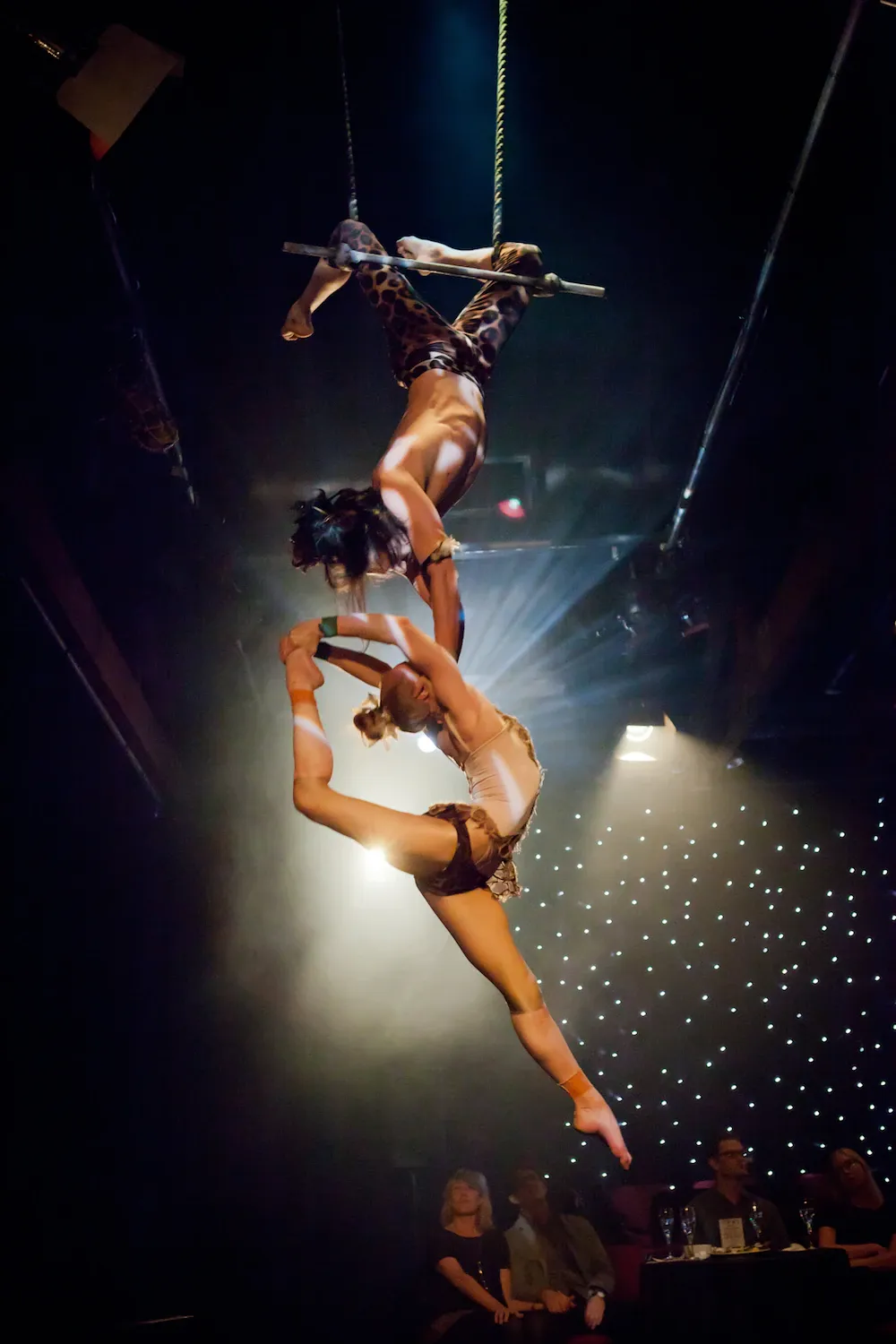
Know your numbers
Again, this doesn’t always come naturally to creatives, but it’s critical.
I mentioned this above, but it deserves a bit more detail. If you’re working as a freelancer, you don’t have much by way of overheads. You have rent to pay and groceries to buy, of course, but that’s about it - you’re just in charge of yourself.
When you’re running a bigger business, you have much higher rent, you have people to pay, to pay, you have pretty significant utility bills - the list goes on. This isn’t necessarily a bad thing, but you do need to know your overheads backwards and forwards. You need to know how much you need each month just to survive, so you can check in during the month and figure out whether you’re going to make it or not.
Since Eve and Mikey knew their numbers, they were able to solve a pretty big problem: Dust Palace’s rent went up by a whopping $15,000! This was a huge issue, because not only is that a lot of money, the place they were renting was pretty much at capacity. So they couldn’t realistically take on more students or put on more shows to make the extra money. There was no space for them.
They were going to need a new place - which also mean they needed to get a new place fit out. This isn’t cheap! So they had a PledgeMe campaign in September of last year. They raised their minimum pledge of $75,000 very quickly, and not long after that, hit their upper goal of $140,000.
Knowing the numbers served them well for two reasons: not only was it very quickly obvious that the old space wasn’t going to work out, they also had the in-depth knowledge they needed to give potential investors all the information they needed about where their money was going.
It’s also a great example of how your creative side can really help a business thrive. It takes some thinking outside of the box to get away from the traditional funding mechanisms like grants - and a creative person is really well-placed to think of these new solutions to old problems.
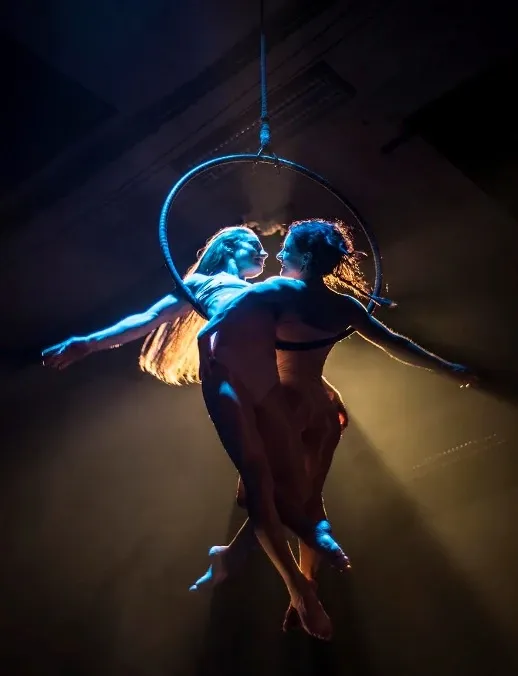
Where to now?
Thanks to all this, Dust Palace is going strong - although Eve was very quick to remind me that it’s also been a hell of a lot of hard work for the past decade. In fact, they’ve got a show on the road at the moment - The Goblin Market. It’s in Wellington this week, then Auckland for two weeks at the start of April.
If past performances are anything to go by, they put on a pretty cool show - the Herald called their 2017 collab with the Auckland Philharmonic Orchestra “an enchanting combination,” and they said last year’s performance “defied the limits of being human.” So it really sounds like something to see!
The Goblin Market is in Wellington 27-30 March, and Auckland 3-13 April. Read more about The Goblin Market and get your tickets today! And if you would like to give it a go yourself: the school caters for all ages, so if you want to get sky high on silks or test your strength with a partner-balance, you’ll find the full class timetable here.
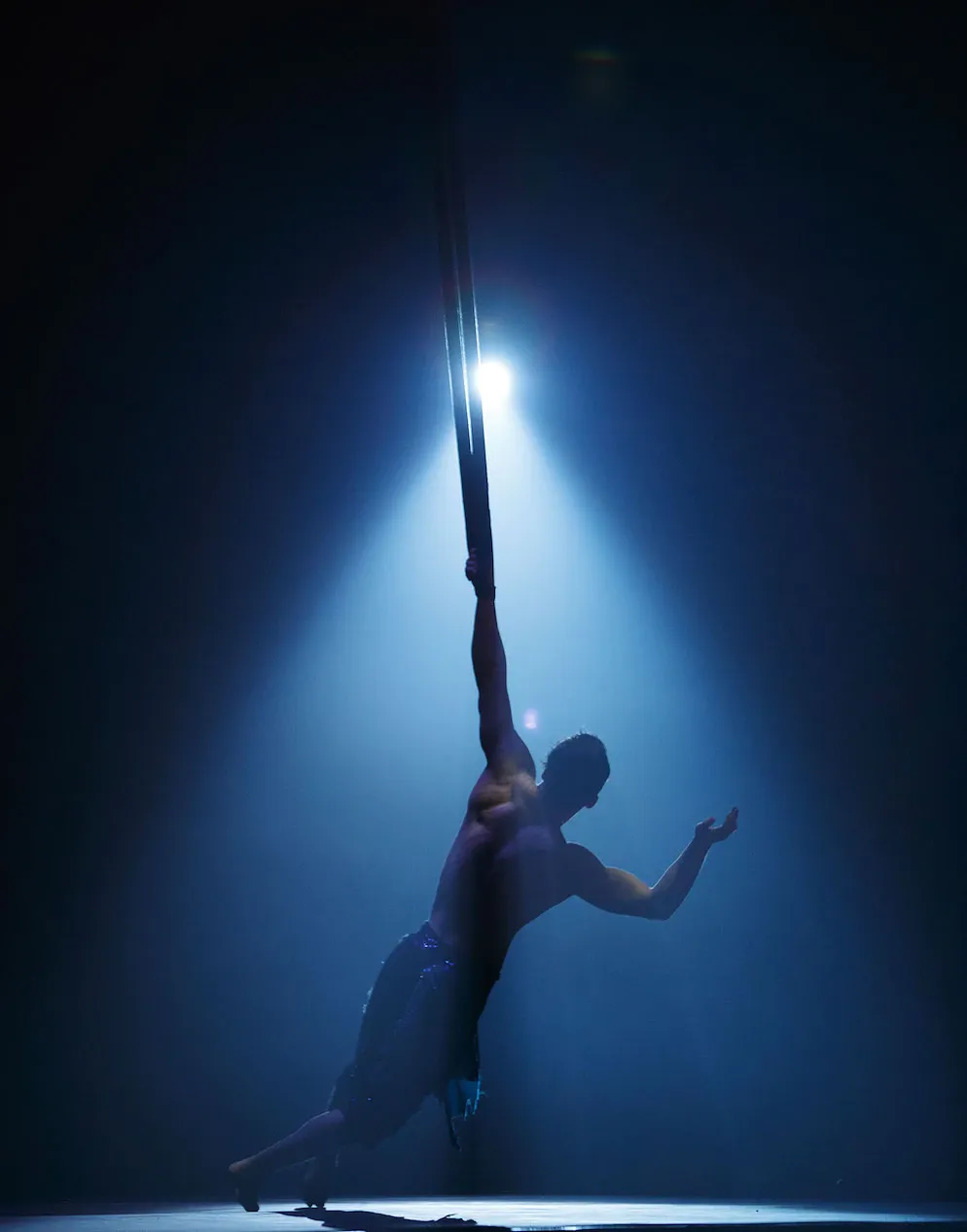
All images courtesy of The Dust Palace Productions.
